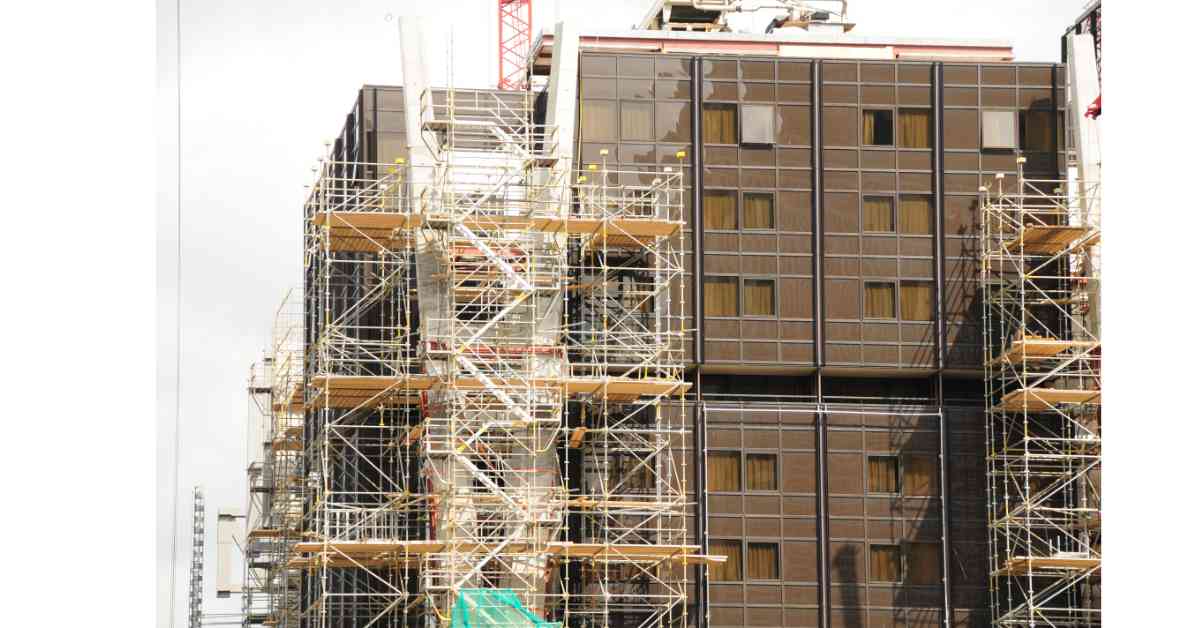
With housing availability at record lows in many communities across the U.S., including gateway cities such as New York,[1] and commercial office space still not fully recovered from the COVID-19 pandemic,[2] the federal government is attempting to alleviate both issues by incentivizing the conversion of former office space to residential use.[3] The Biden Administration recently released its guidebook on programs that highlight government-funded grants, loans and loan guarantees to encourage their greater use.[4]
The U.S. Department of Transportation (the “DOT”) administers several such programs, notably loans and loan guarantees under Railroad Rehabilitation & Improvement Financing (“RRIF”) and the Transportation Infrastructure Finance and Innovation Act (“TIFIA”).
The Specifics of RRIF
Under the RRIF program, loans and loan guarantees are available to railroads, state and local governments, government-sponsored authorities and corporations, limited option freight shippers that intend to construct a new rail connection, and joint ventures that include at least one of the foregoing. The repayment periods for RRIF loans can run as long as 35 years, and repayment may be deferred for up to five years after the project reaches substantial completion.[5] For a project to be eligible, it must use the RRIF loan or loan guarantee to finance economic development, including commercial and residential development, and related infrastructure and activities. However, at least 20% of the project’s financing must come from private sources,[6] at least 25% must be non-federal funding,[7] and the project must meet additional eligibility criteria for, among other requirements, proximity to certain transportation infrastructure, demonstrable ability to begin development within 90 days after the date the loan or loan guarantee is obligated, and the potential to generate new revenue for transit infrastructure.[8]
What About TIFIA?
Under the TIFIA program, secured loans, loan guarantees or standby lines of credit are available. Up to 33% of eligible project costs may be covered by assistance under the TIFIA program, though this may be increased to 49% under the TIFIA 49 Initiative).[9] Many of the requirements for TIFIA are similar to those of RRIF in that they emphasize proximity to transportation infrastructure, the need for private investment, economic development including commercial or residential development, and capacity to commence the contracting process for construction within 90 days after a grant of TIFIA loan assistance.[10]
And Finally, the CDBG
Separately, the White House has recently renewed focus on the Community Block Development Grant (“CDBG”) Program, which provides funding and loan guarantees to eligible projects, including infrastructure and economic development projects, public facilities installation, community centers, housing rehabilitation, and homeowner assistance. One of the CDBG Program’s primary goals is to alleviate urban blight, and assistance may take the form of pre-development assistance for acquisition, or costs for architecture plans and drawings or site feasibility studies, if those costs are allocable to a CDBG activity (including direct and indirect costs integral to the delivery of the final CDBG assisted activity).[11] However, in order to qualify, more than half of the units must be occupied by low- and moderate-income households, in addition to other requirements.[12] Approximately $3.3 billion in block grants were made in 2023, and borrowers may also seek guarantees through the program for their loans with other lenders.
Conclusion
Developers and investors involved in residential development should consider programs such as RRIF, TIFIA and CDBG as ways to potentially obtain additional financing and assistance for their adaptive reuse projects. While these programs could mean the difference in making your project feasible, keep in mind that your development plans must take into account the timelines for applying for the incentives. Strategic planning will be important to leverage the most out of available options. Developers and investors should also keep in mind that the rules surrounding these funding sources do not remove local zoning and housing requirements, so staying in compliance with local laws is still necessary to stage a successful project.
——————————————————————–
This DarrowEverett Insight should not be construed as legal advice or a legal opinion on any specific facts or circumstances. This Insight is not intended to create, and receipt of it does not constitute, a lawyer-client relationship. The contents are intended for general informational purposes only, and you are urged to consult your attorney concerning any particular situation and any specific legal question you may have. We are working diligently to remain well informed and up to date on information and advisements as they become available. As such, please reach out to us if you need help addressing any of the issues discussed in this Insight, or any other issues or concerns you may have relating to your business. We are ready to help guide you through these challenging times.
Unless expressly provided, this Insight does not constitute written tax advice as described in 31 C.F.R. §10, et seq. and is not intended or written by us to be used and/or relied on as written tax advice for any purpose including, without limitation, the marketing of any transaction addressed herein. Any U.S. federal tax advice rendered by DarrowEverett LLP shall be conspicuously labeled as such, shall include a discussion of all relevant facts and circumstances, as well as of any representations, statements, findings, or agreements (including projections, financial forecasts, or appraisals) upon which we rely, applicable to transactions discussed therein in compliance with 31 C.F.R. §10.37, shall relate the applicable law and authorities to the facts, and shall set forth any applicable limits on the use of such advice.
[1] See, e.g., Doug Irving, How New York City Can Make Housing More Affordable, RAND (November 10, 2023), https://www.rand.org/pubs/articles/2023/how-new-york-city-can-make-housing-more-affordable.html.
[2] Larry Goodman, The Pandemic’s Impact On Commercial Real Estate And Where The Industry Is Going, Forbes (Oct 24, 2023), https://www.forbes.com/sites/forbesbusinesscouncil/2023/10/24/the-pandemics-impact-on-commercial-real-estate-and-where-the-industry-is-going/?sh=fd9f80c23dc3.
[3] See White House, Commercial to Residential Conversions: A Guidebook to Available Federal Resources, p. 3 (October 2023), available at https://www.whitehouse.gov/wp-content/uploads/2023/10/Commercial-to-Residential-Conversions-Guidebook.pdf.
[4] Id.
[5] U.S. Department of Transportation, Railroad Rehabilitation & Improvement Financing (RRIF), https://www.transportation.gov/buildamerica/financing/rrif (last updated September 7, 2023); supra note 3 at p.19.
[6] 49 U.S. Code § 22402(b)(1)(F)(i).
[7] See 49 U.S. Code § 22402(h)(4).
[8] See 49 U.S. Code § 22402(b)(1)(F).
[9] See U.S. Department of Transportation, TIFIA Credit Program Overview, https://www.transportation.gov/buildamerica/financing/tifia/tifia-credit-program-overview (last updated October 20, 2022); U.S. Department of Transportation, TIFIA 49 Initiative for Transit and Transit-Oriented Development, https://www.transportation.gov/buildamerica/TIFIA49 (last updated December 8, 2023).
[10] See 23 U.S.C. § 601(a)(12)(E).
[11] See U.S. Dept. of Housing and Urban Dev., Notice CPD-2023-10: Use of Community Development Block Grant (CDBG) Funds in Support of Housing (October 26, 2023), available at https://www.hud.gov/sites/dfiles/OCHCO/documents/2023-10cpdn.pdf
[12] 24 CFR 570.208(a)(3).



